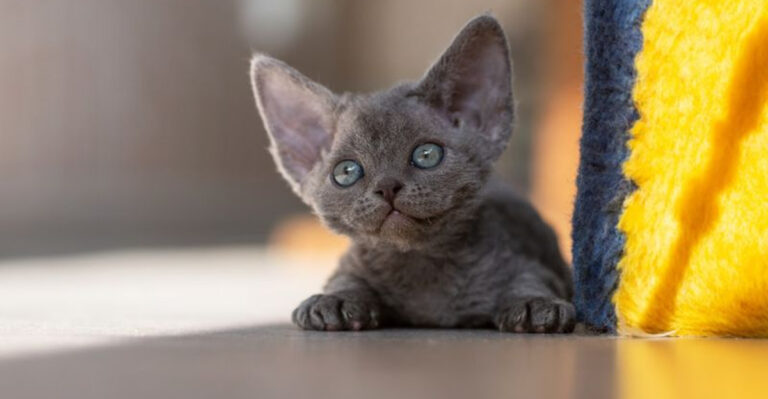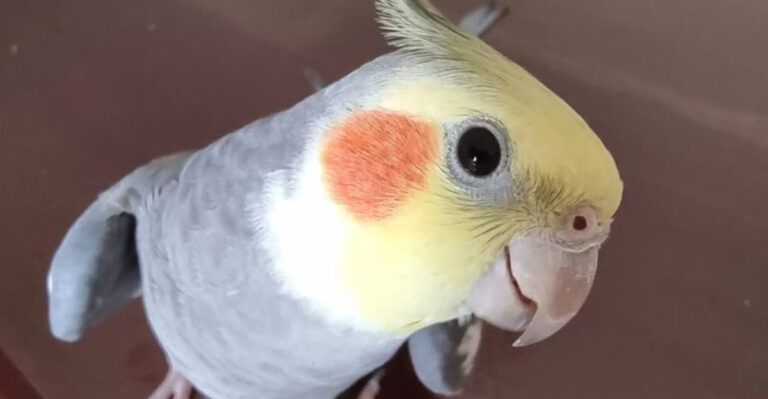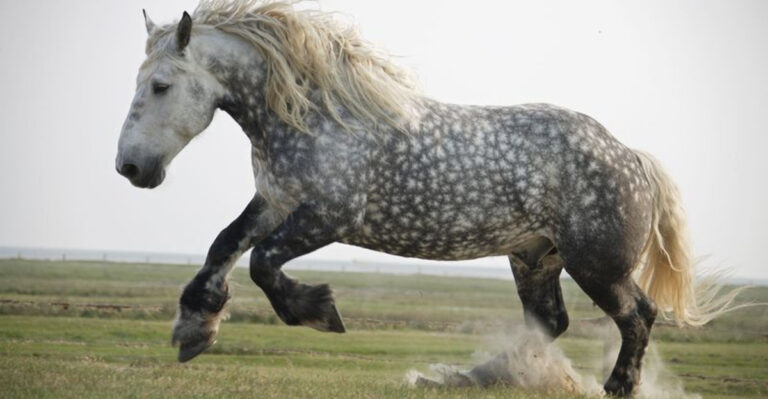15 Surprising Facts You Need To Know Before Getting A Phantom Poodle
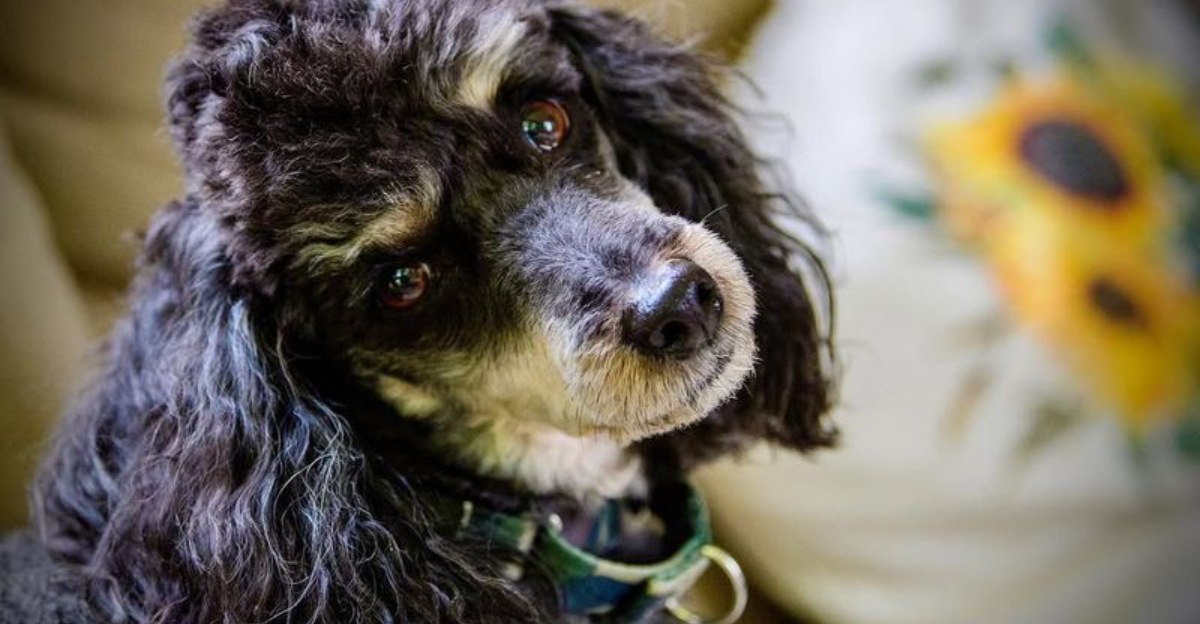
Owning a Phantom Poodle can be a delightful and rewarding experience. These unique and intelligent dogs are known for their striking appearance and friendly nature. However, owning a Phantom Poodle comes with its own set of challenges and responsibilities.
Before bringing one of these charming canines into your home, there are several important things you should know. From their grooming needs to their playful behavior, this guide will cover everything you need to prepare for life with a Phantom Poodle.
1. Unique Coloring
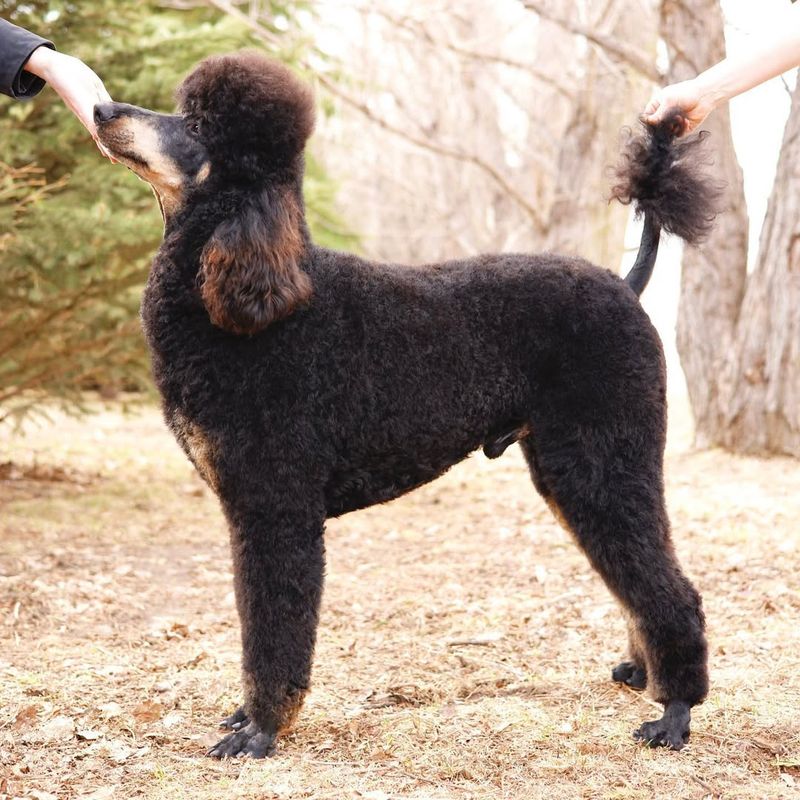
Phantom Poodles are known for their striking appearance, characterized by a specific color pattern. This pattern features a primary color, usually black, with secondary markings that are tan or apricot. These markings are located on the eyebrows, face, chest, and legs.
This unique coloration gives them a regal and distinctive look. Understanding this coloring is essential for prospective owners, as it sets them apart from other poodle varieties.
2. Intelligent Companion
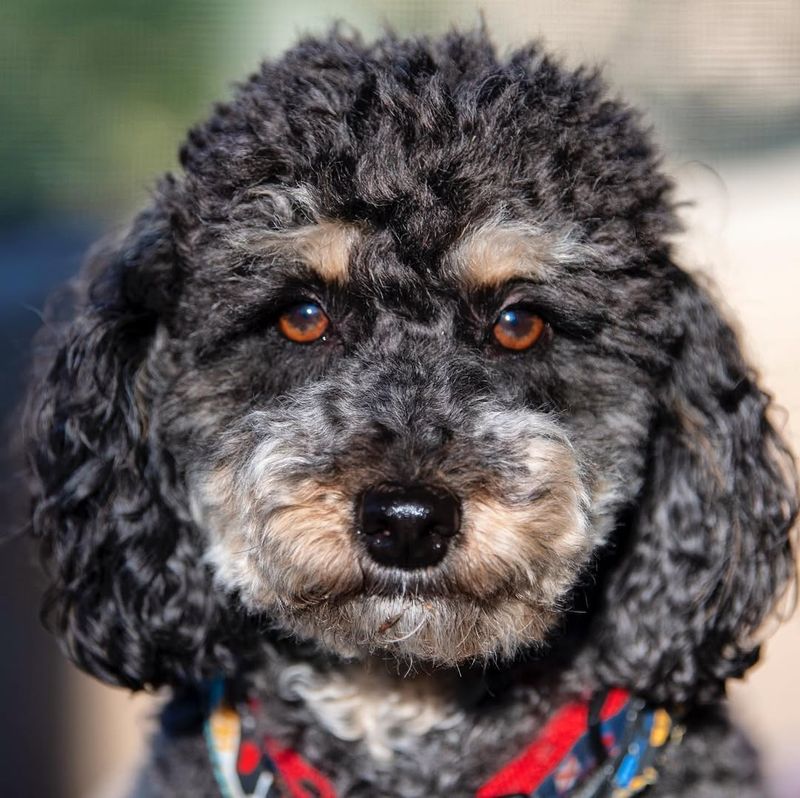
Phantom Poodles are highly intelligent dogs, known for their problem-solving abilities and quick learning. This intelligence makes them great companions for those who enjoy training and interactive play. They can quickly pick up new tricks and commands, making training sessions both fun and rewarding.
Due to their intelligence, it’s important to keep them mentally stimulated. Engage them with puzzle toys and interactive games to prevent boredom.
3. Grooming Needs
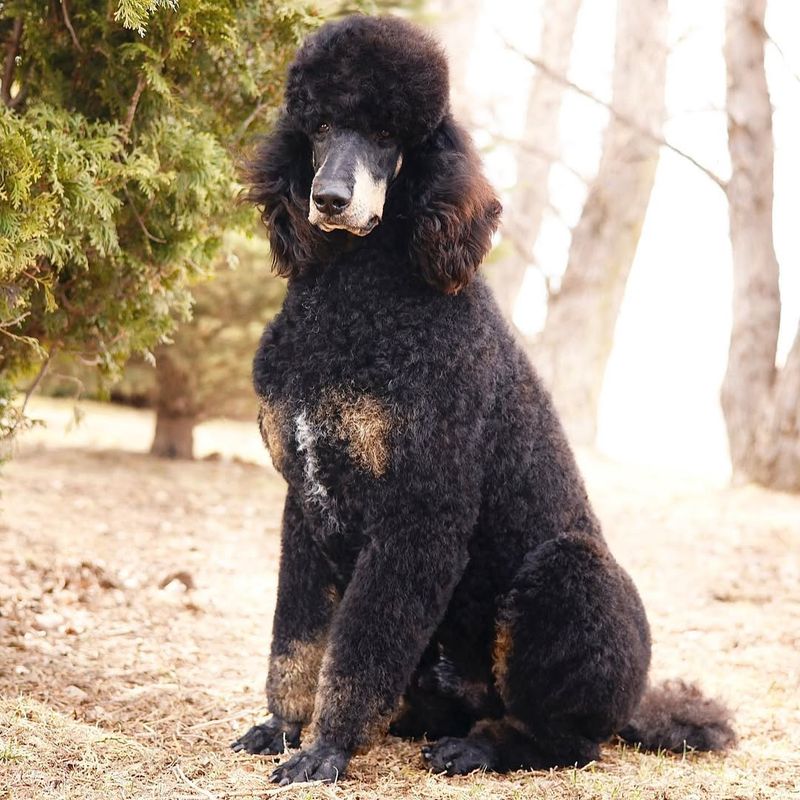
The grooming needs of a Phantom Poodle are significant, requiring regular attention to maintain their distinctive appearance. Their curly coats need to be trimmed and brushed frequently to prevent matting and tangles.
Regular visits to a professional groomer are recommended to keep them looking their best. Additionally, grooming provides an opportunity to check for any skin issues or parasites. Keeping their coat clean and well-maintained not only enhances their beauty but also contributes to their overall health.
4. Playful Personality
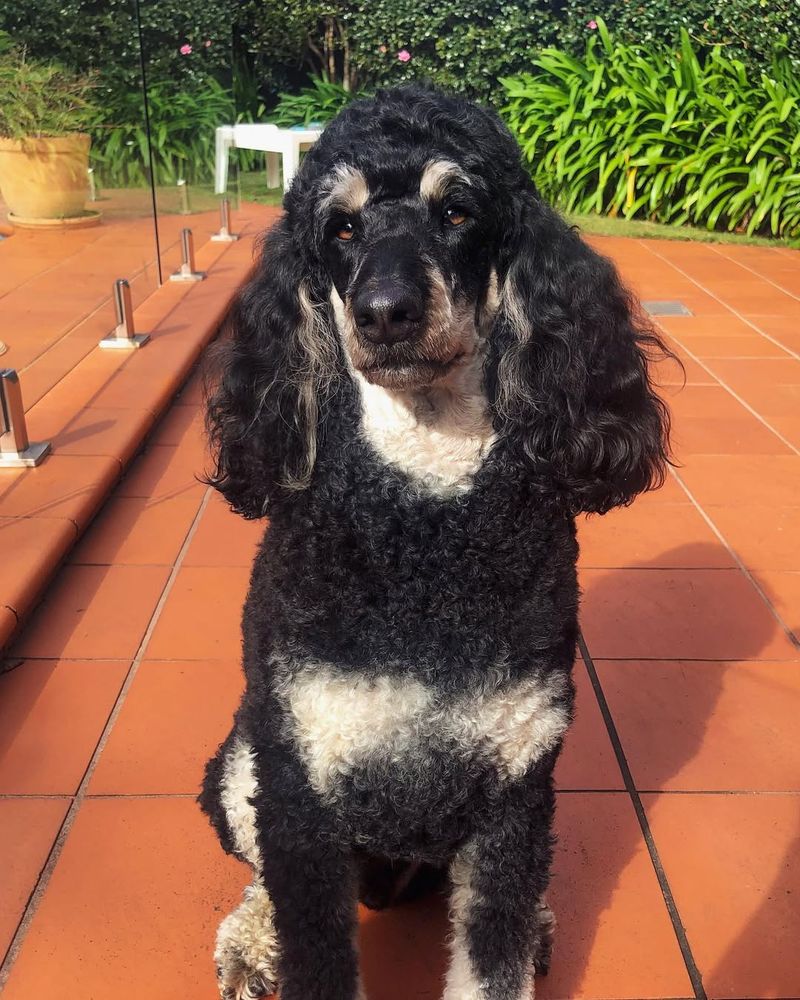
Phantom Poodles have a lively and playful personality that makes them wonderful family pets. They enjoy being active and love to play games like fetch and frisbee. Their playful nature means they are always ready for fun and adventure.
These dogs thrive in environments where they can run and explore, making them ideal for families with active lifestyles. Their energy and enthusiasm are contagious, bringing joy and laughter to any household.
5. Health Considerations
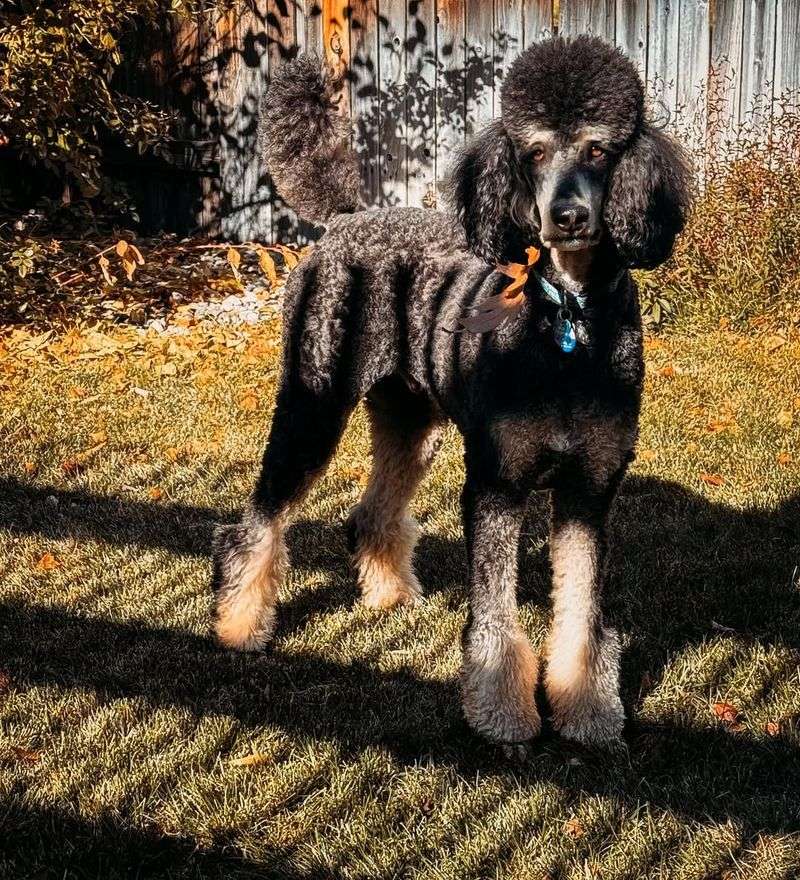
While Phantom Poodles are generally healthy dogs, prospective owners should be aware of some common health issues within the breed. They may be prone to hip dysplasia, eye disorders, and certain skin conditions.
Regular veterinary check-ups are essential to monitor their health and catch any issues early. Maintaining a healthy diet and regular exercise routine can help prevent some of these conditions.
6. Training Potential
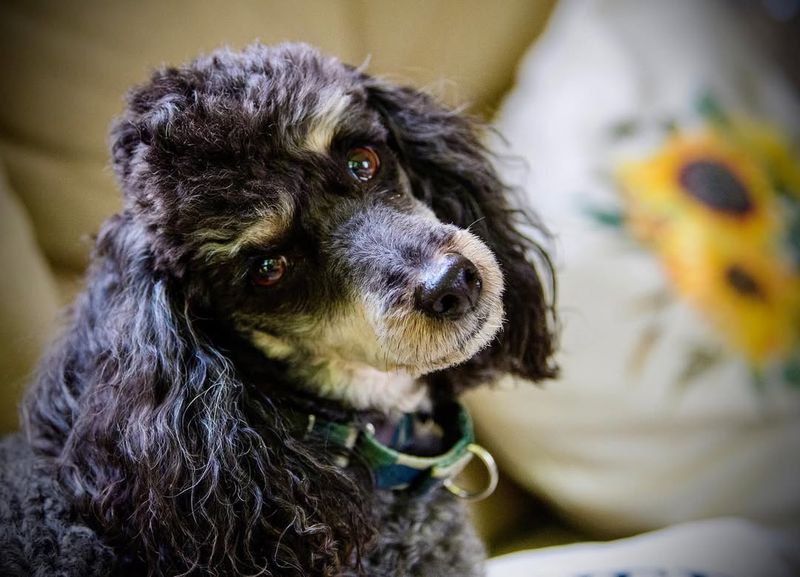
Phantom Poodles have excellent training potential, thanks to their intelligence and eagerness to please. They excel in obedience and agility training, making them great candidates for dog sports. Consistent and positive reinforcement training methods work best with this breed.
Their natural athleticism and enthusiasm for learning mean they can quickly master new challenges. Training a Phantom Poodle can be a rewarding experience, strengthening the bond between owner and pet.
7. Socialization Importance
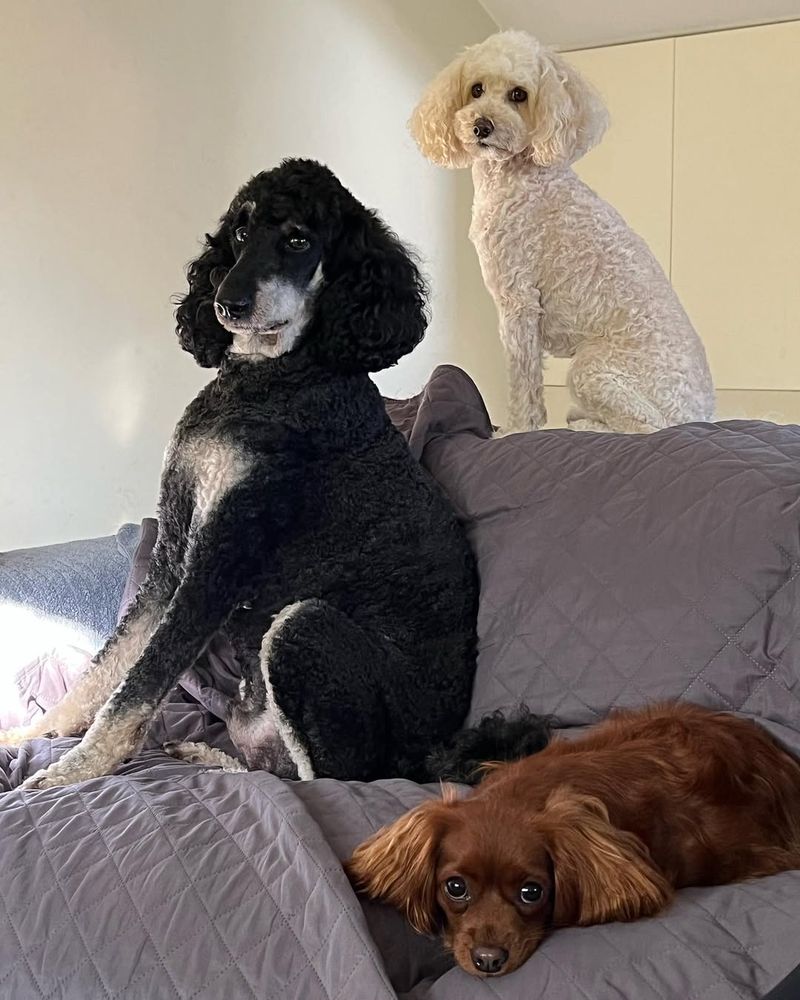
Socialization is crucial for Phantom Poodles to develop into well-rounded dogs. Introducing them to different environments, people, and other animals at a young age helps them grow into confident adults. A well-socialized Phantom Poodle is friendly, adaptable, and less likely to develop behavioral issues.
Regular playdates and visits to dog parks can help with their socialization process. Early and consistent socialization efforts will ensure your Phantom Poodle is comfortable in any situation.
8. Adaptability
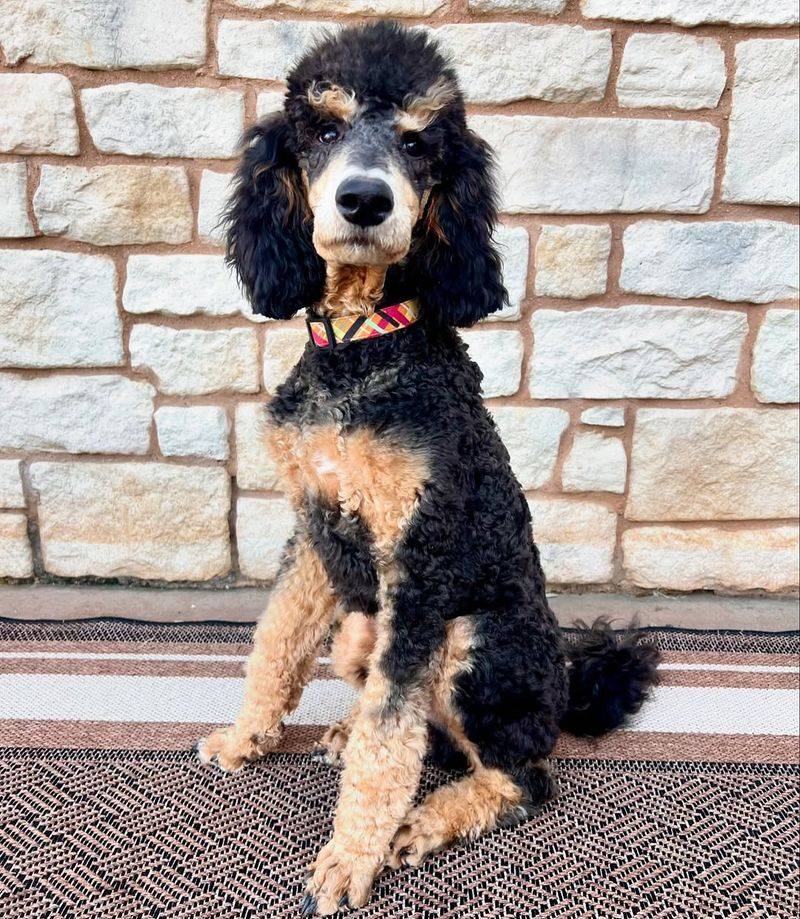
Phantom Poodles are adaptable dogs that can thrive in various living situations. Whether you live in a bustling city apartment or a spacious country home, these dogs adjust well to their environment. Their adaptability makes them suitable for both urban and rural lifestyles.
As long as they receive adequate exercise and mental stimulation, they can be content in any setting. This flexibility extends to their routines, as they can quickly adapt to their owner’s lifestyle.
9. Dietary Needs
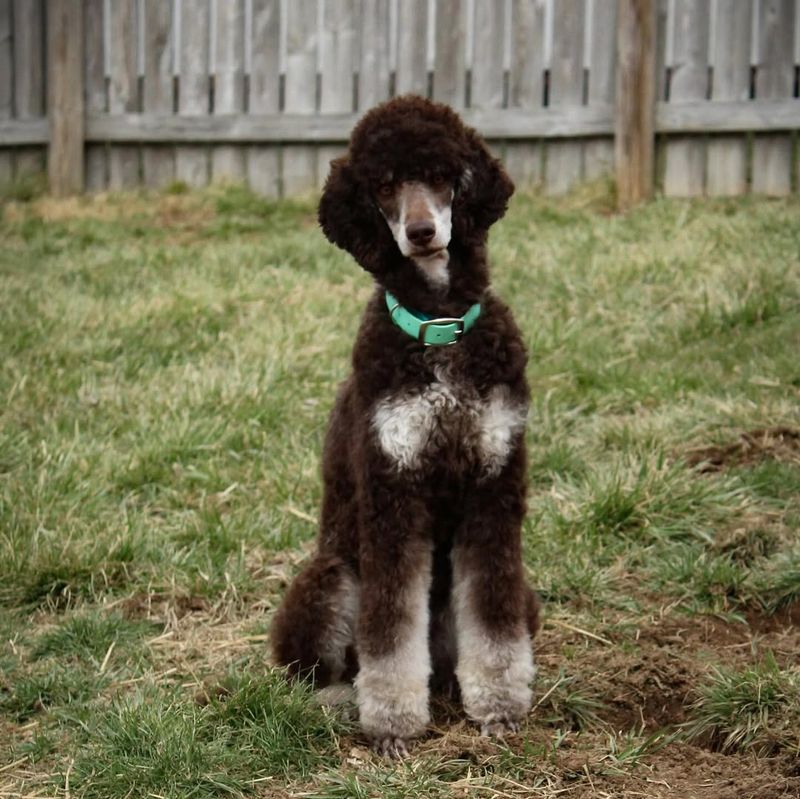
Phantom Poodles require a balanced diet to maintain their health and energy levels. High-quality dog food with the right mix of proteins, fats, and carbohydrates is essential. Consider their size, age, and activity level when choosing the best diet for them.
Some Phantom Poodles may have specific dietary needs or food sensitivities, so it’s important to monitor their reactions to different foods. Regularly consult with your veterinarian to ensure their nutritional requirements are being met.
10. Emotional Bonding
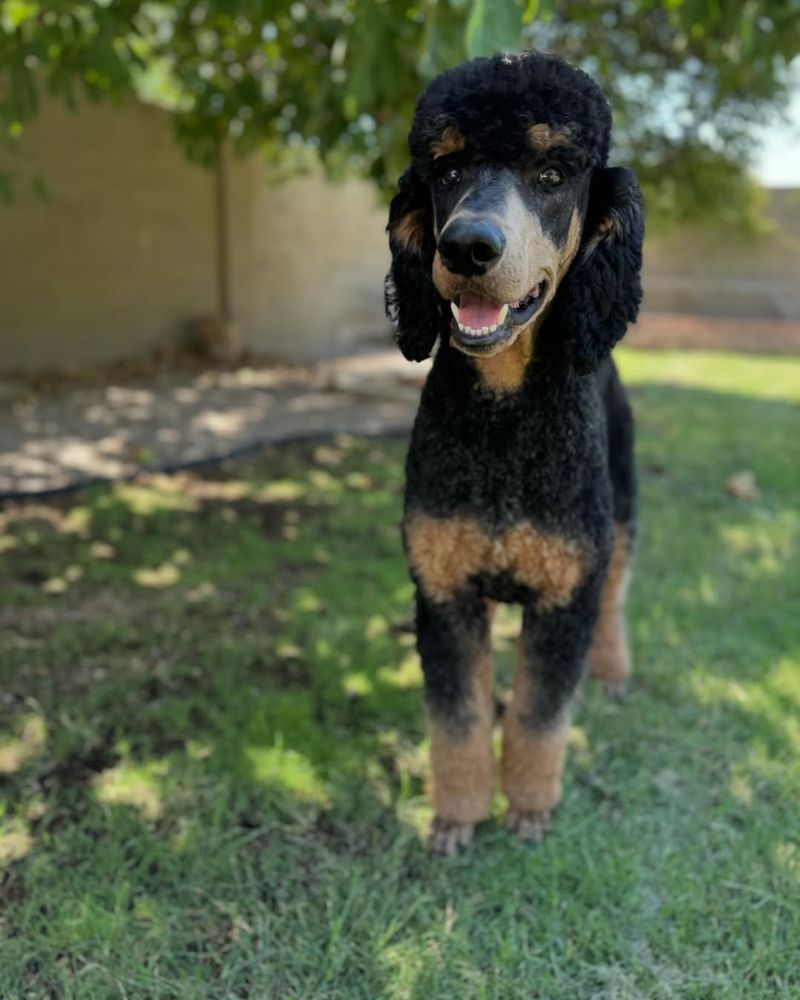
The bond between a Phantom Poodle and its owner is often deep and meaningful. These dogs are known for their affectionate nature, forming close connections with their human companions. Spending quality time and engaging in activities together strengthens this bond.
Whether it’s through play, training, or simply cuddling on the couch, their loyalty and love make them cherished family members.
11. Exercise Requirements
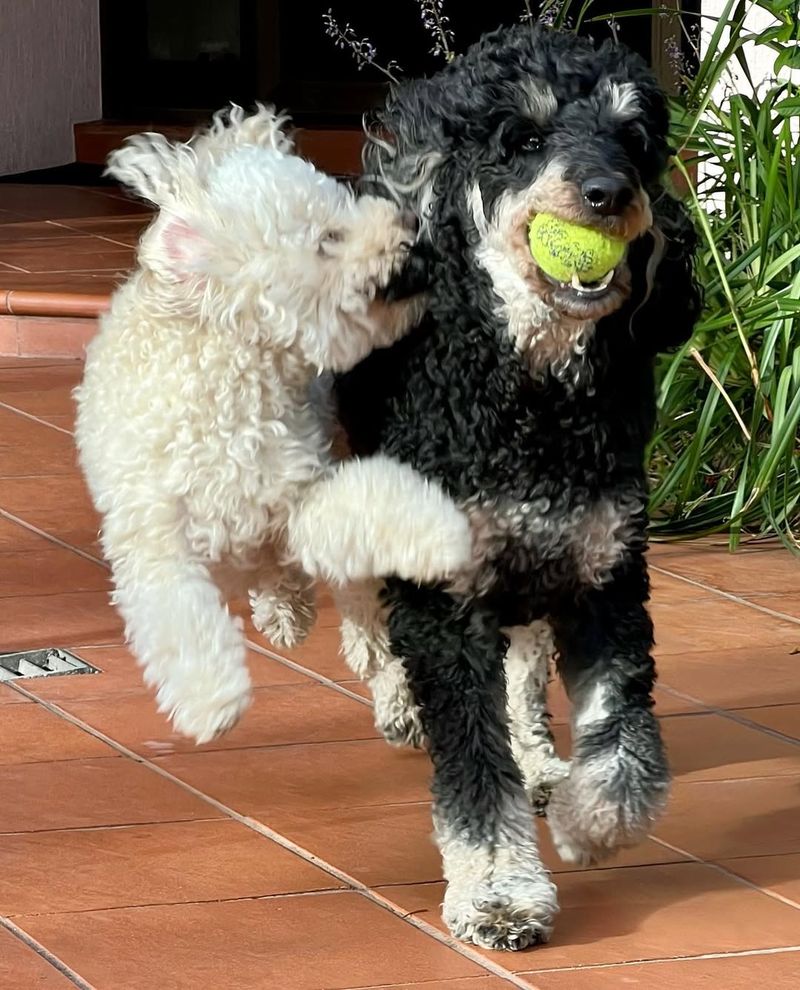
Regular exercise is crucial for keeping a Phantom Poodle healthy and happy. These energetic dogs need daily walks and playtime to burn off their excess energy. Incorporating a variety of activities, such as hiking, swimming, or agility exercises, can keep them entertained and fit.
Lack of exercise can lead to behavioral issues and health problems, so it’s important to prioritize their activity needs.
12. Loyal Temperament
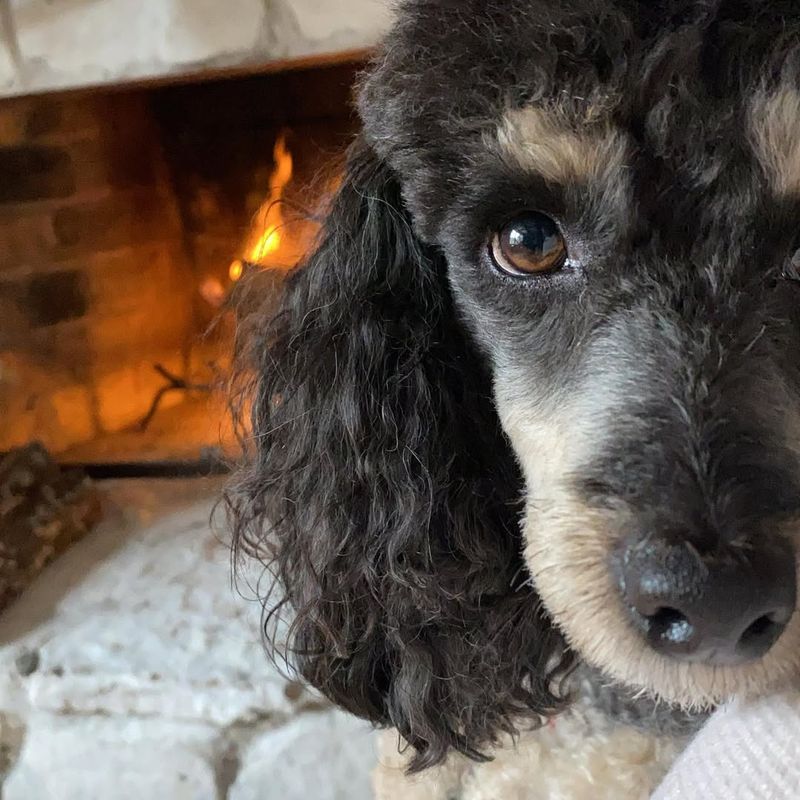
Phantom Poodles are known for their loyal temperament, forming strong bonds with their families. Their loyalty makes them excellent companions, always attentive and eager to spend time with their loved ones.
This loyalty extends to their protective nature, as they often look out for their family members. Their dedication and love make them reliable and trustworthy pet.
13. Suitability For Families
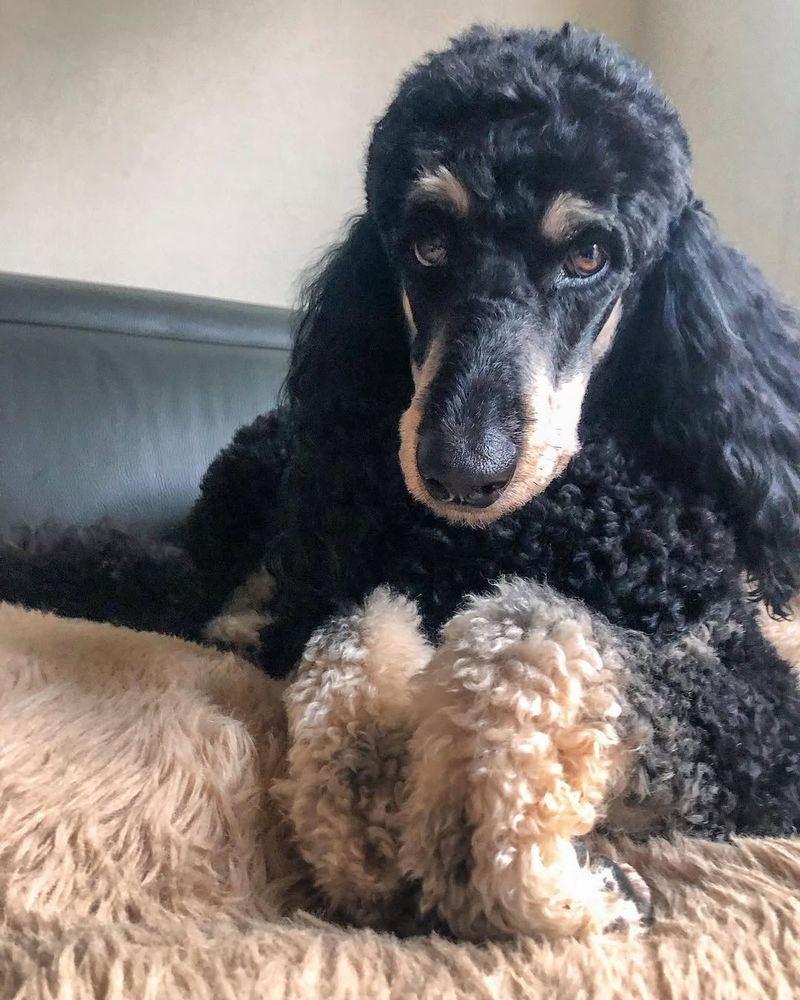
Phantom Poodles are excellent family pets, known for their friendly and gentle demeanor. They are patient with children and can form strong bonds with family members of all ages. Their playful and affectionate nature makes them wonderful companions for families looking to add a pet to their home.
These dogs thrive in environments where they are included in family activities and are given plenty of attention.
14. Lifespan Considerations
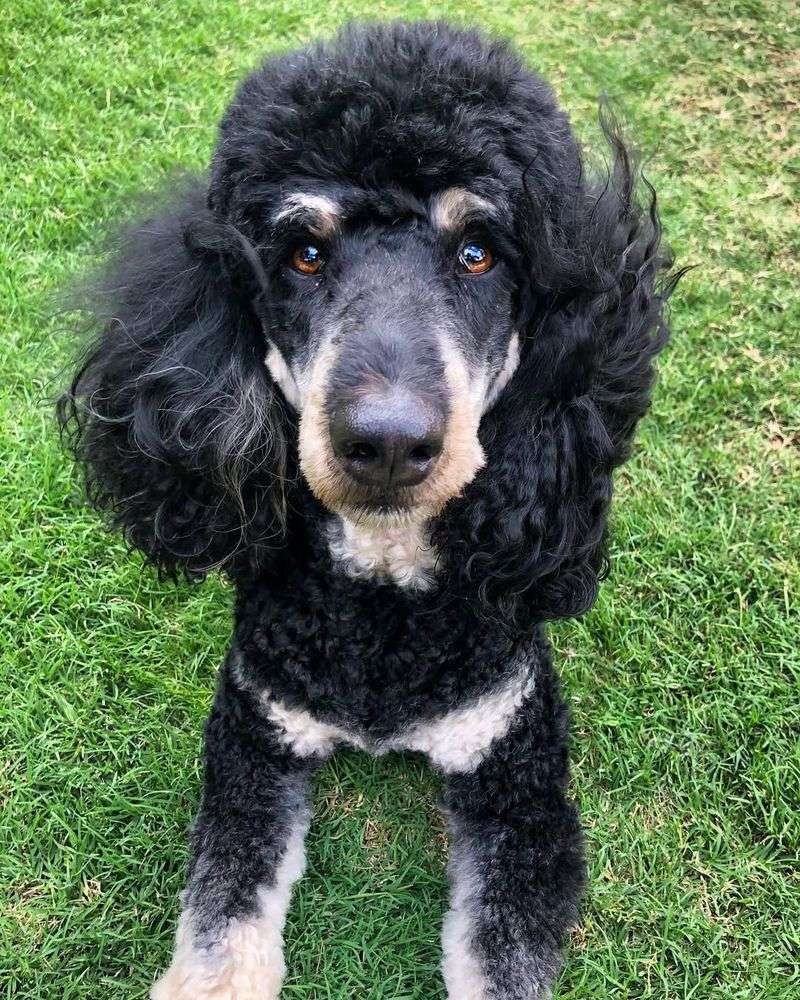
Phantom Poodles typically have a long lifespan, often living well into their teens. With proper care and attention, they can enjoy many healthy years by your side. However, as they age, they may require special care and attention to maintain their quality of life.
Regular veterinary visits, a balanced diet, and appropriate exercise are essential to support their longevity.
15. Travel Compatibility
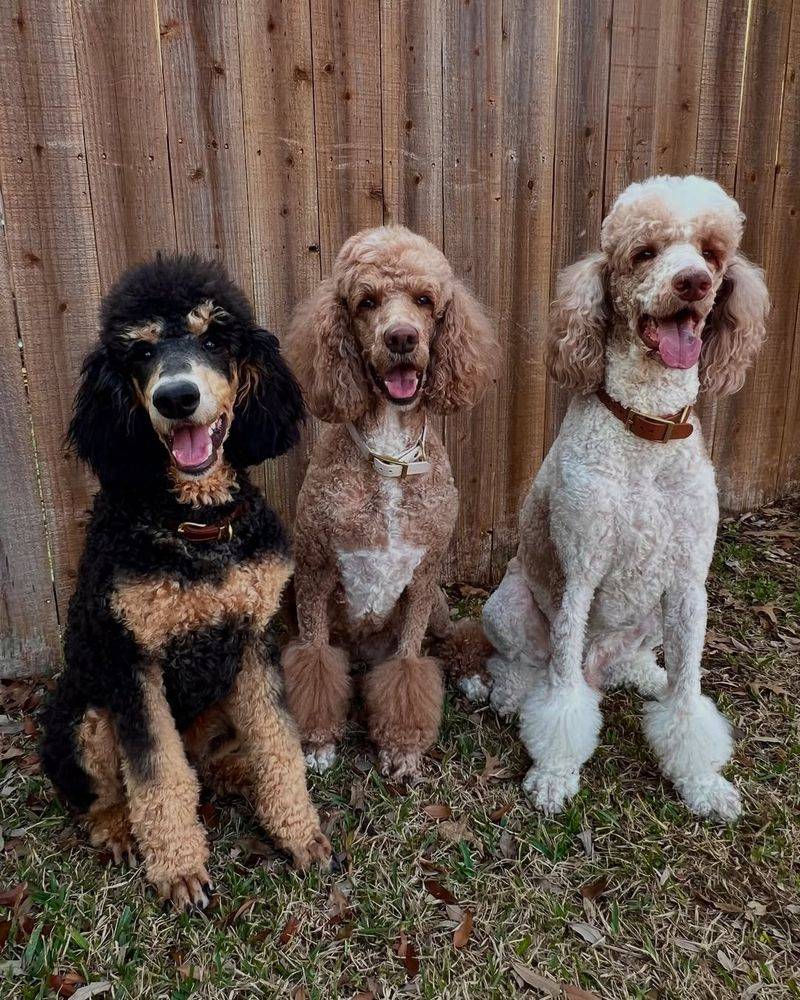
Traveling with a Phantom Poodle can be a delightful experience, as these dogs are generally good travelers. Their adaptable nature means they can handle new environments and experiences with ease.
Whether you’re taking a road trip or flying to a new destination, they tend to adjust well to changes in routine. Proper preparation, including a comfortable travel crate and regular breaks, will ensure a smooth journey.

